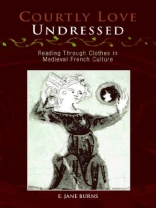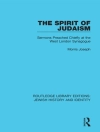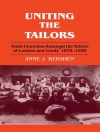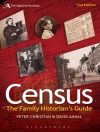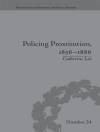Clothing was used in the Middle Ages to mark religious, military, and chivalric orders, lepers, and prostitutes. The ostentatious display of luxury dress more specifically served as a means of self-definition for members of the ruling elite and the courtly lovers among them. In Courtly Love Undressed, E. Jane Burns unfolds the rich display of costly garments worn by amorous partners in literary texts and other cultural documents in the French High Middle Ages.
Burns ‘reads through clothes’ in lyric, romance, and didactic literary works, vernacular sermons, and sumptuary laws to show how courtly attire is used to negotiate desire, sexuality, and symbolic space as well as social class. Reading through clothes reveals that the expression of female desire, so often effaced in courtly lyric and romance, can be registered in the poetic deployment of fabric and adornment, and that gender is often configured along a sartorial continuum, rather than in terms of naturally derived categories of woman and man. The symbolic identification of the court itself as a hybrid crossing place between Europe and the East also emerges through Burns’s reading of literary allusions to the trade, travel, and pilgrimage that brought luxury cloth to France.
Cuprins
Introduction: The Damsel’s Sleeve—Reading Through Clothes in Courtly Love
PART I. CLOTHING COURTLY BODIES
1 Fortune’s Gown: Material Extravagance and the Opulence of Love
PART II. RECONFIGURING DESIRE: THE POETICS OF TOUCH
2 Amorous Attire: Dressing Up for Love
3 Love’s Stitches Undone: Women’s Work in the chanson de toile
PART III. DENATURALIZING SEX: WOMEN AND MEN ON A GENDERED SARTORIAL CONTINUUM
4 Robes, Armor, and Skin
5 From Woman’s Nature to Nature’s Dress
PART IV. EXPANDING COURTLY SPACE THROUGH EASTERN RICHES
6 Saracen Silk: Dolls, Idols, and Courtly Ladies
7 Golden Spurs: Love in the Eastern World of Floire et Blancheflor
Coda: Marie de Champagne and the Matière of Courtly Love
Notes
Bibliography
Index
Acknowledgments
Despre autor
E. Jane Burns is L. M. Slifkin Distinguished Term Professor and Chair of the Curriculum in Women’s Studies at the University of North Carolina, Chapel Hill. She is author of Bodytalk: When Women Speak in Old French Literature, also available from the University of Pennsylvania Press.
